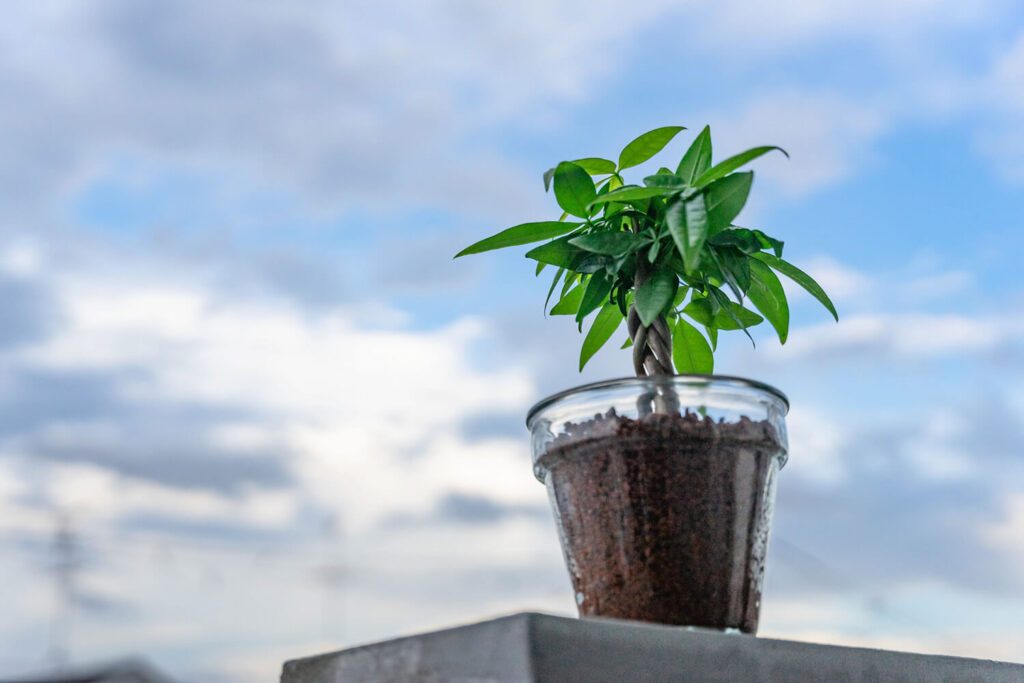- No products in the cart.
The Origins and Symbolism of the Money Tree
As someone who has always been fascinated by plants, I’ve often wondered about the origins and symbolism behind the money tree meaning. After all, it’s not every day that you come across a plant that is believed to bring good luck and financial prosperity.
According to legend, the money tree (also known as Pachira aquatica) originated in Taiwan in the 1980s. It was then exported to other countries, where it quickly gained popularity due to its unique braided trunk and glossy green leaves.
Over time, people began to associate the money tree with wealth and good fortune.
But why exactly is it called a money tree?
Some believe that the name comes from the shape of the leaves, which resemble coins. Others think that it’s because the plant is said to attract money and abundance into one’s life.
In Chinese culture, the money tree is also associated with the concept of feng shui.
Feng shui is an ancient practice that involves arranging your environment in a way that promotes balance and harmony. The money tree is believed to have a positive energy that can help enhance wealth and prosperity when placed in certain areas of the home or office.
Overall, the money tree represents growth, stability, and abundance. Its lush foliage and sturdy trunk serve as a reminder that with patience and care, we too can cultivate our own wealth and success.

Cultural Significance of the Money Tree and Its Modern Interpretations
While the money tree may have originated in Taiwan, it has since become a popular symbol of prosperity in many cultures around the world.
Here are some examples:
- In Japan, the money tree is known as “fukusasa” and is often given as a gift during weddings or other special occasions
- In Thailand, the money tree is associated with the Buddhist goddess of wealth, Phra Phirap
- In India, the money tree is called “kanakadhara” and is believed to bring financial abundance and good luck
In modern times, the money tree has taken on a new meaning for many people. With the rise of social media and influencer culture, some have turned the plant into a status symbol or fashion accessory.
It’s not uncommon to see photos of celebrities posing with their own money trees, or influencers promoting the latest trendy planter for the beloved plant.
While there’s nothing inherently wrong with enjoying the aesthetic appeal of the money tree, it’s important to remember its original symbolism and cultural significance.
At its core, the money tree represents hard work, patience, and the potential for growth and prosperity. By focusing on those values instead of just its appearance, we can truly appreciate the power and beauty of this remarkable plant.
To sum up, the money tree may be a relatively recent addition to the world of plants, but its impact has been significant. From its origins in Taiwan to its current status as a global symbol of wealth and success, the money tree continues to inspire and captivate people around the world. Whether you’re looking to enhance your feng shui or simply add some greenery to your home or office, the money tree is a great choice that offers both style and substance.

